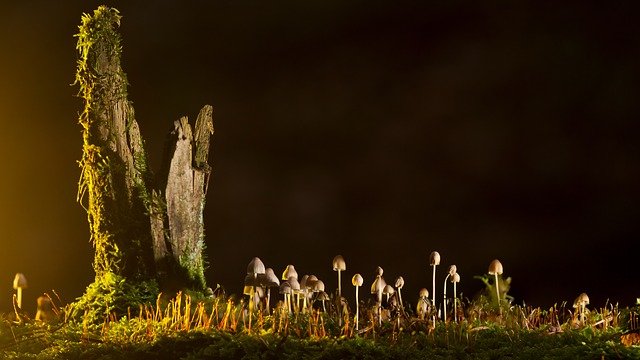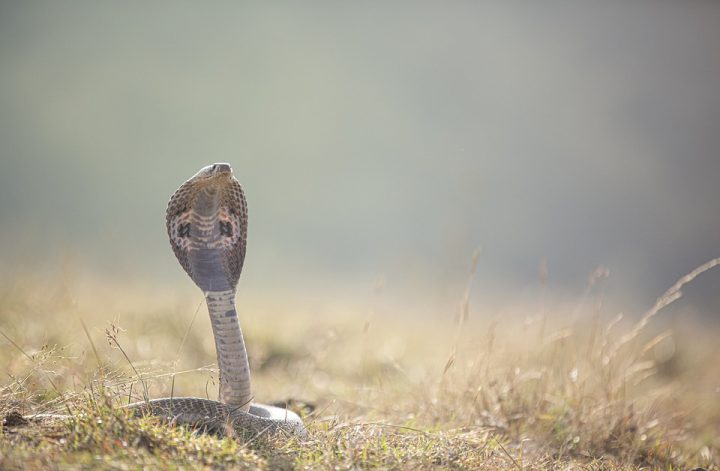INTRODUCTION
Before you start your struggle to discover a new species. Just have a basic idea of species and classification of species.
WHAT IS A SPECIES?
In the field of biology, a species is defined as the main taxonomic unit of any living organism. It also provides a significant component of biodiversity.
TAXONOMY
Taxonomy in the light of biology is defined as the scientific study of a living organism. It includes the name, definition/identification, and classification of a living organism based on the common traits it possesses.
CLASSIFICATION OF A SPECIES
The basis of classification is dependent on species. A species is classified according to seven taxonomic ranks that are listed below.
- Kingdom
- Phylum/ Division
- Class
- Order
- Family
- Genus
- Species
You might also like to read: Biodiversity Loss – Causes, Effects, and Solutions
FINDING A NEW SPECIES
Earth has various ecosystems. Each ecosystem hosts profound diversity of living organisms. Scientists and experts are sure that there are millions of species that are hidden and haven’t been discovered yet. The reasons could be lack of facilities to approach such species, information or data, remote places, etc.
Remote places such as mountains, Amazon rainforests, and deep ocean trenches can provide scientists with advanced pathways to many more new species.
PLACES OF DENSE DIVERSITY
It is thought that South Asian countries have rich densities of unknown species that can be discovered by accessing them and mapping.
Also check out: Measurement of Species Biodiversity – Methods and Techniques
STEPS ON HOW TO DISCOVER A NEW SPECIES
Here you will follow a guide on how to increase your chances of discovering a new species of any living organism.
FIRST STEP:
Get firsthand knowledge of already discovered species by going to a museum or studying specimens of different species. Science museums are a source of information. You can visit the natural history museum and test your skills to identify new species from the specimens present there.
SECOND STEP:
When you have learned enough, the second step is finding the possibility of species that could be discovered easily. Taxonomists and scientists have reported that there are many species of fungi that haven’t received enough attention. The undiscovered species could also include insects, microscopic organisms, etc. The smart thing to do is to not focus too much on mammal or bird species as the easily identifiable ones have been discovered already, focus more on insects, fungi, algae, and even reptiles and amphibians.
THIRD STEP:
The third step includes narrowing down your area of concern. Pick up any one kingdom whether plant or animal and then phyla and so on.
FOURTH STEP:
The next step is gaining an understanding of the Species Distribution Maps. It could assist a lot in finding hotspots around the world.
Also check out: Biodiversity Management Methods, Techniques And Importance
FIFTH STEP:
Further steps include getting access to places that must be given attention such as remote areas. The diversity-rich areas include a field, forest, deep-sea trench, or mountain area.
SIXTH STEP:
You can start from the very basic level of research such as using things easily available at home. For instance, fungi are found in food, soil, etc. The reason for this simple step is you have already gained knowledge of existing species. You can concentrate on underdeveloped countries that haven’t been thoroughly explored.
SEVENTH STEP:
Furthermore, deep research of the area and types of species already discovered there is necessary. And If you find anything new you would be able to distinguish between already discovered species and new species. You can start your collection procedure either by collecting a specimen or by taking an image and using google and concerned forums for further identification.
FINAL GUIDELINES:
You can take a sample or specimen to a scientific laboratory and perform genetic analysis. DNA barcoding is a biological technique being used for species identification. It includes gene analysis by taking a DNA section from particular genes of the newly found species. It produces gene sequence data that further assists in the identification of organisms. These barcodes are the identities of organisms.
Check Out: 10 Reason of Why Butterflies are Dying and How We Can Save Them
CONCLUSION
Earth is home to millions of species. Many places on the Earth are not yet fully explored by scientists and researchers. It is being said that the efforts are in process. But what’s surprising is that there is a huge portion of the marine ecosystem that is yet to discover and the richest people are approaching another planet, Mars for finding alien life or whatever. We must invest in our educational institutes and improve research facilities rather than hunting foreign life on other planets.
Also check out: Biodiversity Conservation is Ecosystem Restoration-Pictures
I hope you all liked this post! Please comment below if you have any suggestions, comments, or feedback! We at #envpk love hearing from our readers! Thanks!




